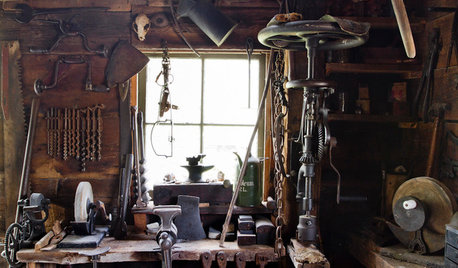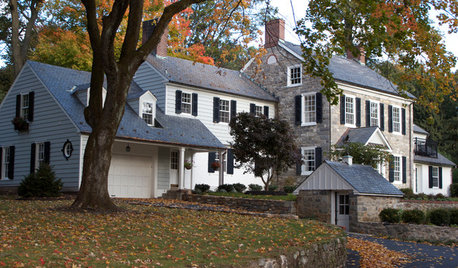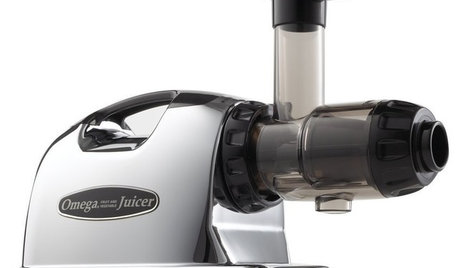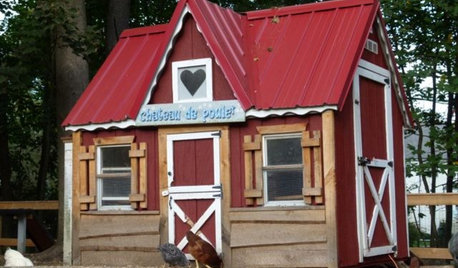Augering holes around dripline
pam29011
12 years ago
Related Stories

MATERIALSAre You a Maker? Show Us Your Favorite Tool or Material
Houzz Call: A tool or material can be a maker’s best friend. We’d like to see your favorite — and what it helps you achieve
Full Story
GARDENING GUIDESHow to Stop Worrying and Start Loving Clay Soil
Clay has many more benefits than you might imagine
Full Story
GARDENING AND LANDSCAPINGGrow a Lush Privacy Screen
No need to wait forever for patio privacy the green way. These 10 ideas will get your screening up and running in no time
Full Story
HOUSEKEEPINGIt’s Time to Clean Your Gutters — Here’s How
Follow these steps to care for your gutters so they can continue to protect your house
Full Story
PRODUCT PICKSGuest Picks: Get Juicing
Stay hydrated and healthy with these tools and accessories for juicing fruits and vegetables right at home
Full Story
GARDENING AND LANDSCAPINGChicken Coops That Rule the Roost
These 8 chicken coops designed by Houzz users will have you clucking in admiration — and maybe even planning a henhouse of your own
Full Story
GARDENING GUIDESGet the Dirt on Your Garden’s Soil
Understand how your soil supports your plants so you can ensure your garden’s success
Full Story
HOUZZ TOURSMy Houzz: DIY Labor of Love in Austin
Eclectic, hands-on style defines this family’s home after they downsized to just over 1,000 square feet
Full StorySponsored
Columbus Area's Luxury Design Build Firm | 17x Best of Houzz Winner!
More Discussions







hortster
treebarb Z5 Denver
Related Professionals
Marco Island Landscape Architects & Landscape Designers · Brooklyn Center Landscape Architects & Landscape Designers · Clearlake Landscape Contractors · Fishers Landscape Contractors · Kailua Landscape Contractors · Mesa Landscape Contractors · Reedley Landscape Contractors · Ridgewood Landscape Contractors · Watertown Landscape Contractors · Framingham Siding & Exteriors · Lawrenceville Siding & Exteriors · Fort Worth Decks, Patios & Outdoor Enclosures · High Point Decks, Patios & Outdoor Enclosures · New Berlin Decks, Patios & Outdoor Enclosures · Winchester Center Stone, Pavers & ConcreteDan _Staley (5b Sunset 2B AHS 7)
ken_adrian Adrian MI cold Z5
pam29011Original Author
ken_adrian Adrian MI cold Z5
rhizo_1 (North AL) zone 7
Dan _Staley (5b Sunset 2B AHS 7)
pam29011Original Author
gardener365
brandon7 TN_zone7
gardener365